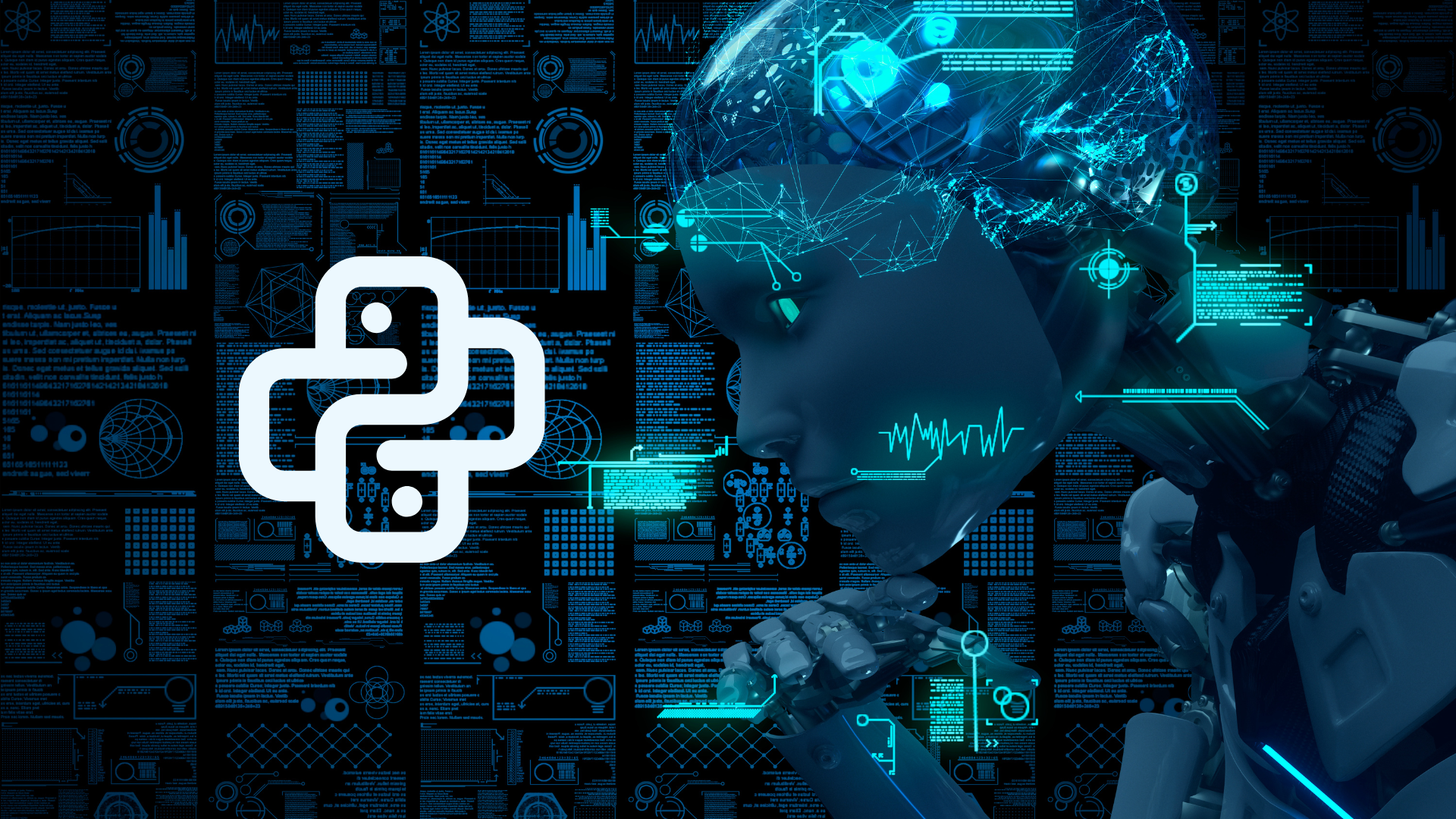The rapid change into remote working has pushed many Human Resources teams into digital transformation. The digital transformation of HR processes is long overdue but we are finally starting to see HR teams saying goodbye to manual processes and paperwork. In many organisations, HR is now expected to deliver services that contribute to the overall digital transformation of the organisation and create long-term business value.
During last year, our Clojure developers started developing our own Human Resources tool Frankie. Frankie helps us and the candidates throughout the complete recruitment process, from an early stage to after onboarding. But creating a tool like Frankie and making a digital transformation in HR requires not just the technology, but an interplay between processes, competencies, mindset and change management to succeed all the way.
So what factors will help you succeed in your HR transformation journey?
Having an aligned vision
Starting out, you should first identify where you are in your transformation journey, and clearly define a strategic vision around where you want to go. An HR technology project is expected to support both the organisation’s HR strategy and business strategy. You need to have a clear vision of how technology will facilitate and develop the services that HR delivers and what impacts you expect to be realized.
The project should always begin by defining and gaining consensus on the most important process requirements and expected outcomes. Make sure you spend time clarifying and describing HR and business needs, as well as the improvements you want to see in the future. This will aid your communication with internal stakeholders, as well as the evaluation and monitoring of the HR solution’s impact.
One clear alignment and consensus we had from a technology point of view, was that it was going to be developed in the programming language Clojure, by our team of experienced Clojure developers. This is a part of a bigger business strategy we have that involves giving back to the Clojure community by continuing to invest in the language through open-source projects.
Prioritizing the people
It is crucial to understand the employee experience. Business managers and HR employees are key stakeholders in a project introducing HR technology, as their day-to-day work is to a large degree affected by how processes and technology interact.
Have workshops with the potential users early on and throughout the development, address their concerns and solicit their feedback. If your team is working virtually you can follow these tips to succeed with your virtual workshops. Ensure to be transparent throughout the process, explaining what, why, when, and how things are changing. A positive user experience is a prerequisite for the acceptance of new ways of working.
It is also vital to involve both managers and employees in your needs analysis so that you understand their perspectives and requirements on processes and user experience. Make sure the employees and managers are involved in the evaluation of possible HR solutions and also in design and testing during system implementation. At Flexiana, this is standard not only in this project but for all products and services that we develop. By not having defined managerial levels, all employees are a part of decision-making processes. In the case of our new HR tool Frankie, our Clojure developers were not only developing the tool for someone else, but some of them will also be the users of the software as they are involved in the hiring processes of new employees.
Involving in cross-functional collaboration
It’s time to ditch the idea that people are just HR’s responsibility. Working cross-functionally in the transformation is key. It is essential that the HR system can integrate with other business processes to achieve efficient information flows in the organization’s IT ecosystem. IT, finance and other stakeholders should be involved in the project and in the workshops in order to concretise their process needs and requirements for HR data.
Ensuring data quality
Accurate and reliable data when implementing a new HR solution is critical, and the time and resources required to access the data shouldn’t be underestimated. Make sure you start early if you’re migrating data from multiple systems or if you’re an organization with operations in multiple countries. It will help if you have a clear strategy for what data you will migrate and how it will be verified and corrected.
Putting emphasis on change management
The core of digital transformation is not technology – it’s about organizational change. For any HR technology implementation project, change management is a requirement for success. Make sure you have someone responsible for working on stakeholder management, communication, culture change and training. It is important that the vision and expected impact of the project is embedded with the various stakeholders within the organization, and that the end users are properly prepared for the reception of new ways of working and tools.
Creating a realistic time plan
Set a realistic time plan based on your defined vision, prioritization of processes and assessment of your organization’s pace of change. Introducing too much new technology in a short time usually involves both stress and risk.
In the case of Frankie, we were able to stick to our plan well because Clojure development has one magic thing about it; it tends to be bug-free. Therefore, making a realistic time plan was easier for us.
Planning for the future
Define what the management and development plan will be for your future HR solution. Ensure that you have selected both process owners, product owners and system managers to be responsible for management and continuous development. It helps to have regular workshops with your team so that you continuously develop and improve the tool in line with your plan.
Conclusion
It has become evident that addressing and adapting to change is critical for organizations’ survival. Many industries are going through digital transformation journeys, some pushed by the pandemic into remote working. If you’re planning on transforming the HR in your organization by incorporating more or better digital tools, it is vital to first and foremost understand that HR digital transformation is not exclusively about technology. HR Digital Transformation is about organizational change and people. We hope that these 7 steps will assist in successfully implementing your changes.
If you need support in planning, designing, and implementing your ideas, feel free to reach out to Flexiana for a chat. We have a team of experienced Clojure developers as well as experts in other languages, ready to tackle any challenge your company might have.
Good luck!









